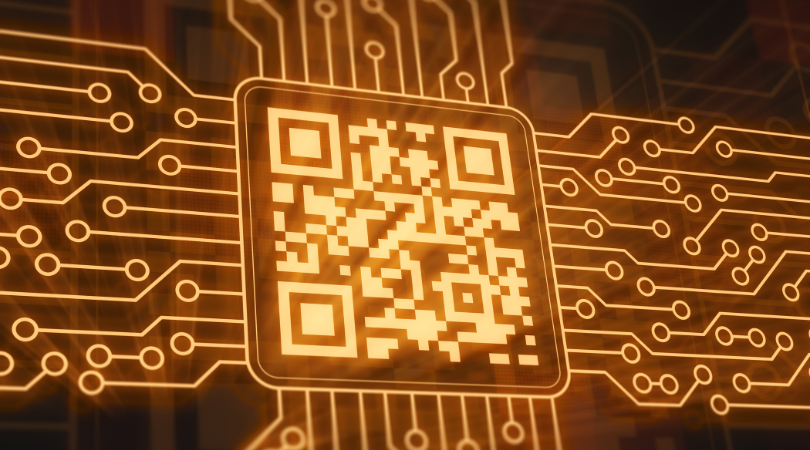When Scanning Turns Risky: The Dark Side of QR Codes
QR codes have quickly become part of everyday life from restaurant menus and bus tickets to mobile payments and health records but now, they are also catching the eye of cybercriminals. With just one scan, people are unknowingly giving hackers access to their personal data, bank accounts or even downloading harmful software onto their phones.
These counterfeit QR codes are often placed on posters, flyers or even pasted over genuine codes in public places. You might think you are scanning a safe link but behind that small square lies a trap that can cost you much more than you expected.

This is where traceability steps in to offer protection. When QR codes are linked to verified and traceable systems, it becomes easier to tell what is real and what is not. Businesses, especially those in payments, healthcare and retail, can now track where the code came from, who created it and whether it has been tampered with.
As we continue to rely on QR codes for speed and convenience, there is an urgent need to keep them safe and trustworthy. Making them part of a traceable system does not just protect people it builds confidence in the digital world we are all learning to live in.
